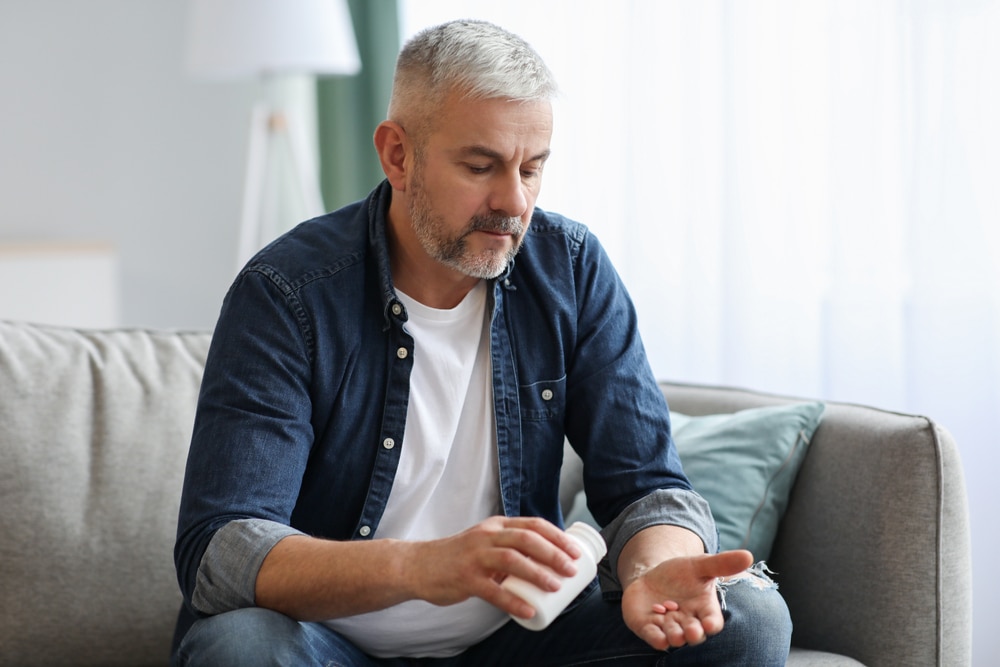Treatment for Barrett's Esophagus
How do doctors treat Barrett’s esophagus?
Doctors may use medicines, endoscopy, or possibly surgery to treat Barrett’s esophagus. Talk with your doctor about which treatments are right for you.
Medicines
If you have Barrett’s esophagus and gastroesophageal reflux disease (GERD), your doctor may suggest proton pump inhibitors (PPIs). PPIs are medicines that lower the amount of acid your stomach makes. These medicines can prevent further damage to your esophagus and, in some cases, heal existing damage. Some studies have shown that PPIs may lower your chances of developing high-grade dysplasia and esophageal cancer.4 You can buy PPIs over the counter, or your doctor can prescribe one.
PPIs are generally safe and effective. Experts are still studying the effects of taking PPIs for a long period of time or in high doses.5,6 Talk with your doctor about the risks and benefits of taking PPIs.
 Your doctor may suggest PPIs to prevent further damage to your esophagus.
Your doctor may suggest PPIs to prevent further damage to your esophagus.
Endoscopy
Some doctors may treat Barrett’s esophagus during an upper gastrointestinal (GI) endoscopy. During endoscopy, doctors may
- use heat to get rid of abnormal cells in your esophagus, a treatment called radiofrequency ablation
- use cold liquid nitrogen to get rid of abnormal cells in your esophagus, a treatment called cryotherapy
- cut off and remove the Barrett’s tissue, a treatment called endoscopic mucosal resection
Surgery
Your doctor may recommend a surgery called esophagectomy to treat Barrett’s esophagus. During esophagectomy, doctors remove the affected sections of your esophagus. If a large part of your esophagus is removed, the surgeon may reshape your stomach to reconnect it to the rest of your esophagus. Surgery is less common than other ways to treat Barrett’s esophagus and may not be an option for everyone.
How can I prevent Barrett’s esophagus?
If you have GERD, managing your symptoms can prevent further damage to your esophagus. Preventing this damage may lower your risk of developing Barrett’s esophagus. Your doctor may recommend changing your eating habits and other lifestyle changes, medicines, and possibly surgery to manage symptoms of GERD.
References
This content is provided as a service of the National Institute of Diabetes and Digestive and Kidney Diseases
(NIDDK), part of the National Institutes of Health. NIDDK translates and disseminates research findings to increase knowledge and understanding about health and disease among patients, health professionals, and the public. Content produced by NIDDK is carefully reviewed by NIDDK scientists and other experts.
